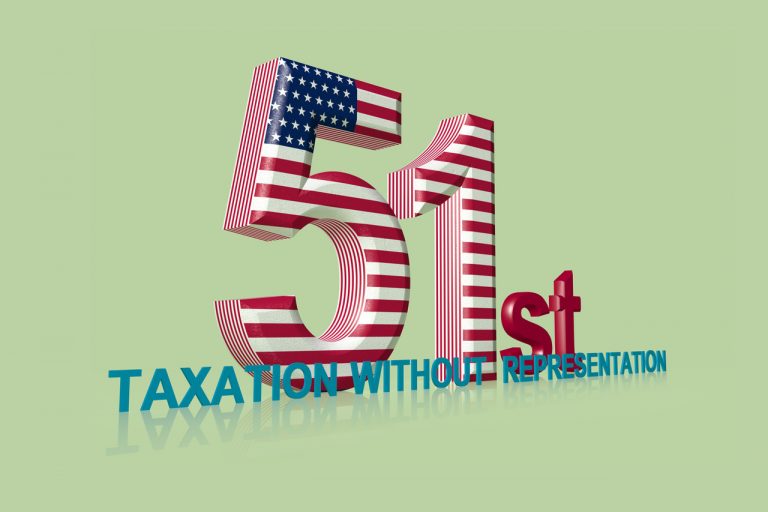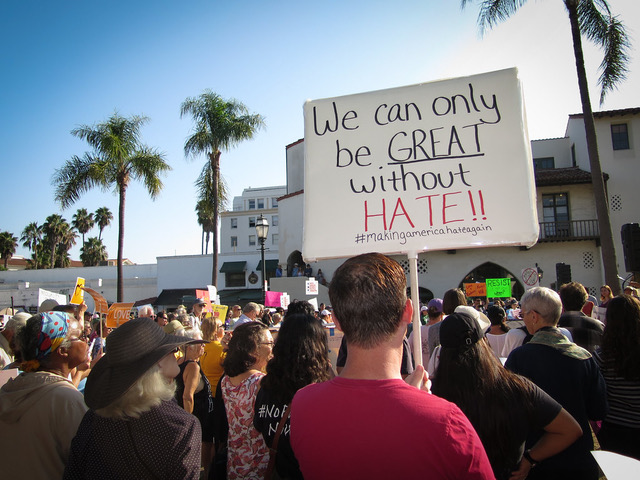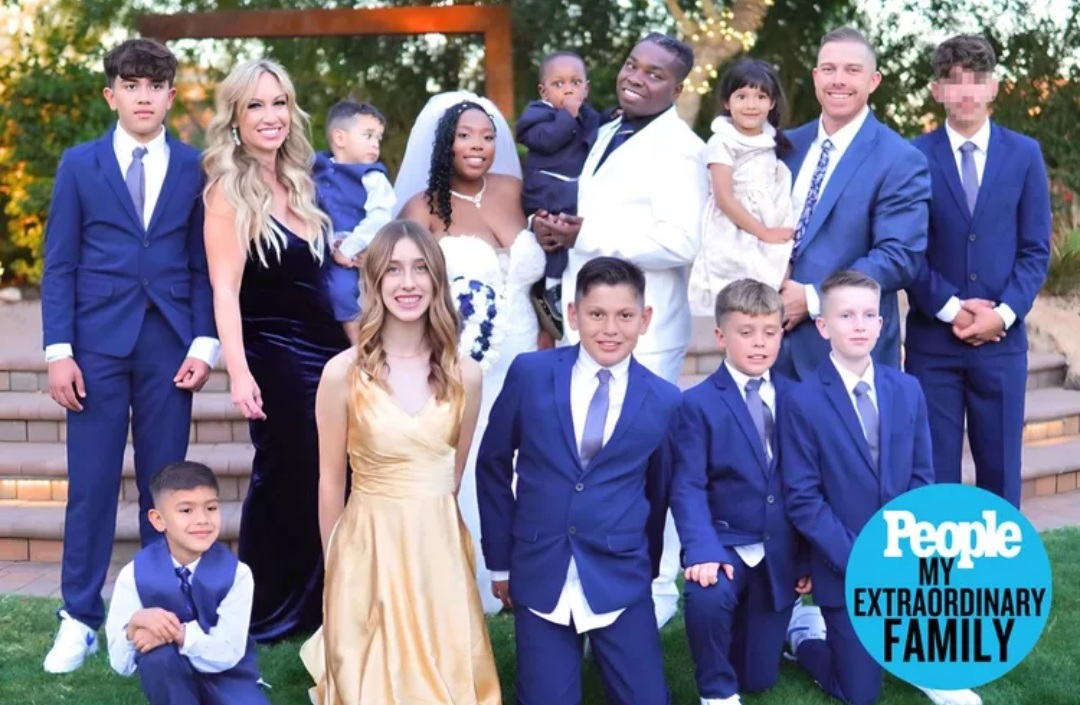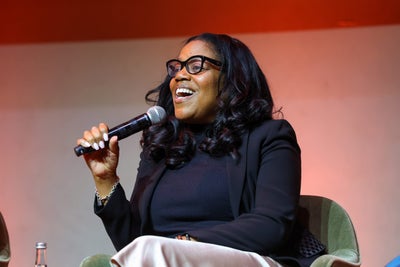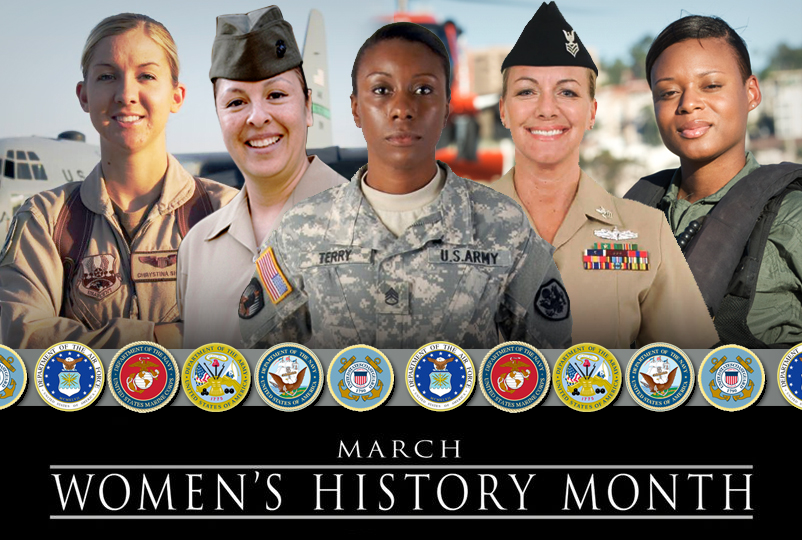
Veterans’ Voices: Over 200 Years of Service: The History of Women in the U.S. Military
The following article is reprinted from the Veterans’ Voices March 2022 newsletter.
USO
By Danielle DeSimone
From the battlefields of the American Revolution to the deserts of Kuwait, women have been serving in the military in one form or another for more than 200 years. They have had to overcome decades of obstacles to get to where they are today: serving in greater numbers, in combat roles and in leadership positions all around the world.
Here is a look at the history of women in the military, and how their roles have changed over the years.
Revolutionary War
Although women were not always permitted to enlist in the U.S. Armed Forces, many still found ways to serve their nation.
During the Revolutionary War, as colonial militias armed themselves and joined George Washington’s Continental Army, many of these soldiers’ wives, sisters, daughters and mothers went with them. These women traveled alongside the Continental Army, where they boosted morale as well as mended clothes, tended to wounds, foraged for food, cooked and cleaned both laundry and cannons.
After her husband was killed in battle, Margaret Corbin continued to fight from his post at Fort Washington. Some women found ways to join the fight for independence. Margaret Corbin, for example, disguised herself as a man and traveled with her husband to the front lines of the Battle of Fort Washington, where she helped him load his cannon.
When her husband was shot by enemy fire, Corbin carried on fighting, even after being shot three times. She was given a military pension in acknowledgment of her efforts, and years after her death was reburied at West Point with full military honors. Similarly, Deborah Sampson fought disguised as a man for years before her true sex was revealed. Other women, such as Lydia Darragh, also supported the war effort by spying on behalf of the Patriots.
However, women’s roles in the military became even more crucial during the Civil War, as their support expanded.
Civil War
During the Civil War, nearly 20,000 women lent their skills and efforts in everything from growing crops to feed Union troops to cooking in Army camps. Other tasks included sewing, laundering uniforms and blankets and organizing donations through door-to-door fundraising campaigns.
Photo credit U.S. Army Heritage and Education Center
Nurse Annie Bell with patients after the Battle of Nashville during the Civil War, circa 1864.
Notably, it was during the Civil War that women began to serve as nurses on a much larger and more official scale. Approximately 3,000 women served as nurses for the Union Army during the war. Legendary nurse and founder of the Red Cross Clara Barton even received a special “military pass” that permitted her to travel directly onto the battlefield, where she drove her medical wagons straight into the fray to tend to wounded soldiers.
Fellow trailblazer Dorothea Dix was even ppointed superintendent of the United States Army Nurses for the Union Army, leading her own “army of nurses” over the course of the war. Dix is remembered for pushing for high standards of behavior and training among her nurses, as well as providing ample opportunities for female nurses working in support of the military.
Meanwhile, some women even marched on the battlefields. Historians estimate that about 1,000 women disguised themselves as men and fought on both sides of the Civil War.
World War I
The 20th century changed everything for women in the military.
At the onset of the United States’ entry into World War I in April 1917, the U.S. Army Nurse Corps (ANC) – formally established in 1901 – had only officially been in existence for less than 20 years, and only had 403 nurses in its active duty ranks. By June 1918, just over a year later, there were more than 3,000 American nurses deployed to British-operated hospitals in France. These nurses often worked in dangerous conditions near the front lines, caring for service members and civilians alike, and ensuring the health and safety of Allied troops.
American nurses care for injured soldiers in France in 1918.
However, WWI is also notable because it was the first time women – who did not yet have the right to vote – were allowed to openly serve in the U.S. military.
With large numbers of American men being sent to war overseas, the Armed Forces – and the U.S. Navy in particular – needed stateside replacements for the roles that were left behind. After finding a loophole in a naval act that would allow women to serve in non-commissioned officer and non-combat roles, the Navy enlisted its first “yeomanettes.” Around 12,000 women served in the rank of yeoman, mostly working clerical duties, as well as telephone and radio operators and translators.
Photo credit National World War I Museum and Memorial
Telephone operators – also known as “Hello Girls” – in the U.S. Signal Corps Female Telephone Operators Unit are pictured here working 3 kilometers from the trenches in France. Helmets and gas masks can be seen in their bags on the backs of their chairs.
Meanwhile, the U.S. Army Signal Corps enlisted women to work as telephone and switchboard operators. These women – nicknamed the “Hello Girls” – often worked very close to the front lines in France. They would not be recognized for their high-pressure work or their status as veterans until decades later, in 1979.
Then, only a few years after the War to End All Wars, World War II broke out and women’s roles continued to evolve with the rest of society.
World War II
WWII created an unprecedented need for service members. As more than 16 million Americans stepped up to serve on the front lines – the majority of those being men – the U.S. military was left with many non-combat roles that needed to be filled. So, the women of the United States stepped up too, and for the first time in history, all branches of the military enlisted women in their ranks.
- Army: The Army formed the Women’s Army Auxiliary Corps (WAACs), which was later renamed and restructured to form the active duty Women’s Army Corps (WACS). The branch also formed the Army’s Women Airforce Service Pilots (WASPS).
- Navy: The Navy formed the Women Accepted for Volunteer Emergency Service (WAVES).
- Marine Corps: The Marines enlisted women in the Marine Corps Women’s Reserve.
- Coast Guard: The Coast Guard formed the Women’s Reserve (SPARS), which stood for the Coast Guard motto, Semper Paratus – “Always Ready.”
In total, nearly 350,000 American women served in uniform during World War II.
These women took on non-combat roles in order to free up more men to fight. They continued to work clerical jobs as they did during World War I, but they also drove vehicles, repaired airplanes, worked in laboratories and cryptology, served as radio and telephone operators, rigged parachutes, test-flew planes and even trained their male counterparts in air combat tactics.
WACS at Bolling Field use a theodolite to obtain data on upper air flow of a balloon.
Women also served as nurses. 57,000 served in the Army Nurse Corps and 11,000 in the Navy Nurse Corps – and these roles were not without risk. Many of these women worked right on the front lines and came under enemy fire, and some even won combat decorations. Army Col. Ruby Bradley, a nurse in the U.S. Army Nurse Corps, was kept prisoner at an internment camp in the Philippines for 37 months, during which she remained steadfast in her calling as a nurse. She performed 230 major surgeries and delivered 13 babies during her time as a prisoner of war (POW), even under harsh conditions. In total, 432 women were killed in the line of service during World War II and 88 were taken as POWs.
In England in early 1945, WACS Maj. Charity E. Adams and Capt. Abbie N. Campbell inspect the first contingent of Black members of the Women’s Army Corps assigned to overseas service.
True to societal norms at the time, all branches emphasized the expectation of femininity within the ranks of women in the military throughout the war. Uniforms included skirts, not slacks, and nail polish, makeup and feminine hairstyles were not only allowed, but encouraged. But beyond this focus on femininity, these women were finally recognized as vital, enlisted members of the Armed Forces.
Two members of the Navy’s WAVES work on the engine of a North American T-6 Texan plane at Naval Air Station in Jacksonville, Fla. in 1943.
They risked their lives and were integral to American success in the war, and through it all, they faced challenges in navigating their new roles and overcoming discrimination in a male-dominated arena. After the war, many of these women would return home, hoping to continue their military career, only to find themselves pushed out of their roles so that the men returning from war could have them. Some women would struggle for decades to obtain veteran status or benefits for their service during WWII.
But because of their perseverance and dedication to service throughout the war, they helped pave the way for women in the military who would come after them.
Korean War
In 1948, three years after the end of World War II, President Harry S. Truman signed the Women’s Armed Services Integration Act into law, officially allowing women to serve as full, permanent members of all branches of the Armed Forces.
However, this was not a guarantee of equal opportunity. The act actually restricted the number of women who could serve to only 2% of each branch, and also limited how many women could become officers. Additionally, female service members could be automatically discharged if they became pregnant, and they were unable to command men or serve in combat positions.
But regardless of the obstacles that remained in female service members’ paths, the Women’s Armed Services Integration Act was still a step toward progress for women in the military. One month after the act’s passing, President Truman issued the Integration of the Armed Forces executive order, desegregating the military and ensuring that Black women could now serve equally in all branches of the military as well.
Photo credit National Archives and Records Administration
Medical personnel – including Army nurses – of the 8225th Mobile Army Surgical Hospital (MASH) with a H-13 helicopter in Korea in 1951.
And serve they did. Just two years later, the Korean War broke out, and 120,000 women would go on to serve in active duty positions from 1950-1953. Although they could not serve in combat, they undertook new roles such as military police officers or engineers.
Military nurses would also continue to play a critical role during this time. Mobile Army Surgical Hospitals (MASH) were heavily used during the Korean War, providing fully functioning hospitals in combat zones, where many nurses worked.
Just a few years later in the Vietnam War, these nurses would be called to the front lines once again.
Vietnam War
Approximately 11,000 women were stationed in Vietnam during the nearly 20-year war, and 90% of them were nurses in the Army, Navy and Air Force. Notably, most volunteered to go.
U.S. Navy nurse Lt. Cmdr. Joan Brouilette checks the condition of a service member as she makes her daily rounds of the intensive care ward at the United States Naval Support Activity Hospital in Da Nang, South Vietnam in 1968.
During the Vietnam War, other female service members worked as air traffic controllers, intelligence officers and clerks – both at home and in Vietnam. In 1967, President Lyndon B. Johnson opened promotions for women to general and flag ranks and in 1972, women were allowed to command units that included men.
In 1967, President Lyndon B. Johnson opened promotions to women to general and flag ranks.
The U.S.’ involvement in the Vietnam War came to a close in 1973 and two years later, the Pentagon announced that pregnant women could remain in the military.
The 80s, 90s and Today
At the end of the 20th century and the beginning of the 21st, there were a lot of “firsts” for women in the military: the first woman to become a Navy fighter pilot; the first female four-star general in the Army; and the first female rescue swimmer in the Coast Guard.
Cmdr. Rosemary B. Mariner, pictured in her A-7E at Naval Air Station, Lemoore, Calif. Mariner was one of the first six women to become a Naval aviator, and the first woman to command a naval aviation squadron.
There was even the first Silver Star awarded to a female soldier since World War II. Army Sgt. Leigh Ann Hester was awarded the military medal in recognition of her brave actions during an enemy ambush on her supply convoy in Iraq in 2005. She is also the first woman to ever receive the Silver Star for direct combat action.
Army Sgt. Leigh Ann Hester after receiving her Silver Star medal during a military awards ceremony at Camp Liberty, Iraq, in June 2005. | Photo credit U.S. Army/Spc. Jeremy D. Crisp
But it was not just the “firsts” that were impressive in these more recent years.
As more women broke through barriers and established themselves as capable service members working in defense of the nation, the list of “firsts” slowly became less noteworthy in comparison to the sheer number of women serving, as well as their significant contributions to their respective branches.
In the Gulf War, from just 1990-1991, more than 40,000 women deployed to combat zones, although they still could not technically serve in direct combat roles or assignments.
In 1994, President Bill Clinton rescinded the “Risk Rule,” essentially allowing women to serve in all positions in the military except for direct ground combat roles. This allowed for many more women to still engage in combat as aviators, sailors, Air Force personnel and other roles.
U.S. Army Chief of Staff Gen. Mark A. Milley congratulates Capt. Kristen Griest and U.S. Army Ranger School Class 08-15 during graduation at Fort Benning, Georgia on Aug. 21, 2015. Griest and class member 1st Lt. Shaye Haver became the first female graduates of the school.
Then, in 2013, then-Defense Secretary Leon Panetta announced that the ban on women in combat would be lifted entirely, and that female service members would be allowed to serve in direct ground combat roles. In 2015, this was put into action. This historic change opened up hundreds of thousands of jobs for women in the military and essentially ensured that as long as female service members completed the necessary training and requirements, they could now serve in almost any role in the U.S. Armed Forces.
U.S. Marine Corps Female Engagement Team members clear a hallway during military operations in urban terrain training in the United Arab Emirates (UAE) in January 2021. The team is comprised of all-female volunteers who work specifically with women and partnered forces to build trust and beneficial relationships while respecting cultural boundaries and customs. |
Since the opening of combat positions to women, several female service members have trained to step into these new roles. Over the past six years, 50 women have graduated from the Army’s Ranger School and others have successfully completed Navy SEAL officer assessment and selection, proving their capabilities in even the most rigorous and challenging of assignments.
Women continue to make history in the military today, pushing boundaries and taking on more roles – and more prestigious roles – than ever before. More than 300,000 women have served in Iraq and Afghanistan since 9/11, more than 9,000 have earned Combat Action Badges and today, women make up 16% of our nation’s Armed Forces, serving in every branch of the U.S. military.
As the history of women in the military clearly shows, female service members are a force to be reckoned with – and the USO continues to stand behind all members of our Armed Forces as the Force Behind the Forces®.
-This story was originally published in March 2021.
